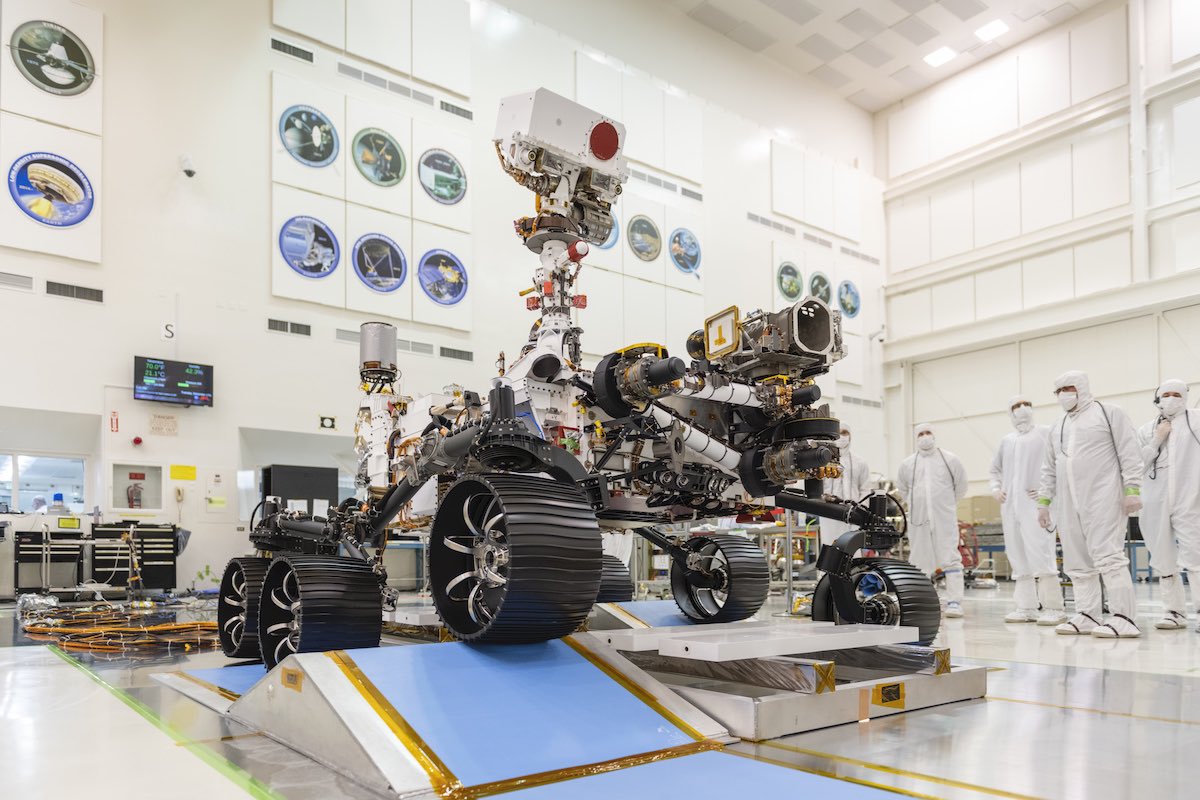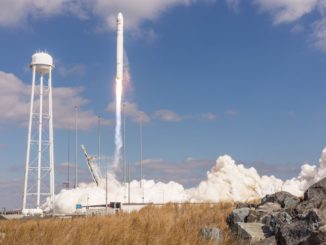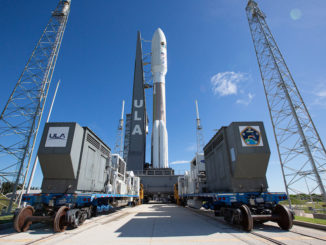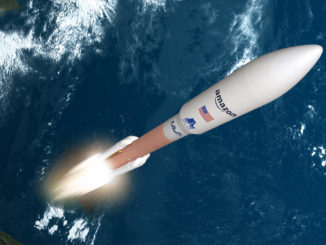
NASA has announced the nine finalists for the name of the space agency’s next Mars rover — scheduled for launch in July — and invited the public to vote on the candidates before making a final selection in the coming months.
A panel of volunteer judges, including educators, professionals and space enthusiasts around the United States, selected 155 semifinalists after evaluating more than 28,000 submissions in NASA’s “Name the Rover” essay contest open to U.S. students in kindergarten through 12th grade.
NASA winnowed down the list to nine finalists and announced the prospective names Tuesday.
According to NASA, the nine finalists (submission name, grade level, student name and state) are:
- Endurance, K-4, Oliver Jacobs of Virginia
- Tenacity, K-4, Eamon Reilly of Pennsylvania
- Promise, K-4, Amira Shanshiry of Massachusetts
- Perseverance, 5-8, Alexander Mather of Virginia
- Vision, 5-8, Hadley Green of Mississippi
- Clarity, 5-8, Nora Benitez of California
- Ingenuity, 9-12, Vaneeza Rupani of Alabama
- Fortitude, 9-12, Anthony Yoon of Oklahoma
- Courage, 9-12, Tori Gray of Louisiana
“Thousands of students have shared their ideas for a name that will do our rover and the team proud,” said Lori Glaze, director of NASA’s planetary science division in at the agency’s headquarters in Washington. “Thousands more volunteered time to be part of the judging process. Now it is the public’s opportunity to become involved and express their excitement for their favorites of the final nine.”
Members of the public can vote for their favorite name in an online poll open from Jan. 21 through Jan. 27.
NASA says the results of the poll be a consideration in the space agency’s final decision a name for the Mars 2020 rover. Officials expect to announce the winning name, and the student who proposed it, in early March.
Previous student-naming competitions for NASA rovers resulted in the name Curiosity for the agency’s most recent Mars rover mission, which launched in 2011, and Spirt and Opportunity for the twin rovers launched to the Red Planet in 2003.
The Mars 2020 mission is scheduled for launch during a 20-day launch window opening July 17. The rover is scheduled for transport from NASA’s Jet Propulsion Laboratory in Pasadena, California — where it was built — to the Kennedy Space Center in Florida next month to begin final launch preparations.
A United Launch Alliance Atlas 5 rocket will carry the Mars 2020 rover into space, then release the robotic spacecraft for the journey to Mars. Landing in Jezero Crater on Mars is scheduled Feb. 18, 2021, to begin collecting data on the Martian environment and gathering rock samples for return to Earth by a future mission.
The Mars 2020 rover is about the size of a small car, measuring around 10 feet (3 meters) long, 9 feet (2.7 meters) wide and 7 feet (2.2 meters) tall, according to NASA. Those dimensions closely match the size of the Curiosity rover, which launched in 2011 and landed on Mars in August 2012.
But the Mars 2020 rover is slightly heavier than Curiosity. NASA says its next rover has a fully-loaded weight of 2,260 pounds (1,025 kilograms), or about 278 pounds (126 kilograms) more than Curiosity.
Email the author.
Follow Stephen Clark on Twitter: @StephenClark1.



